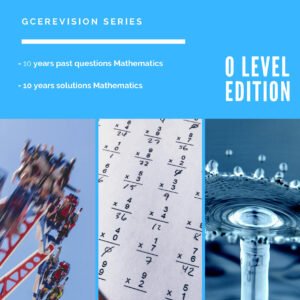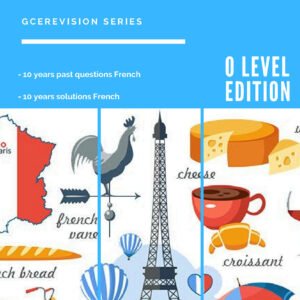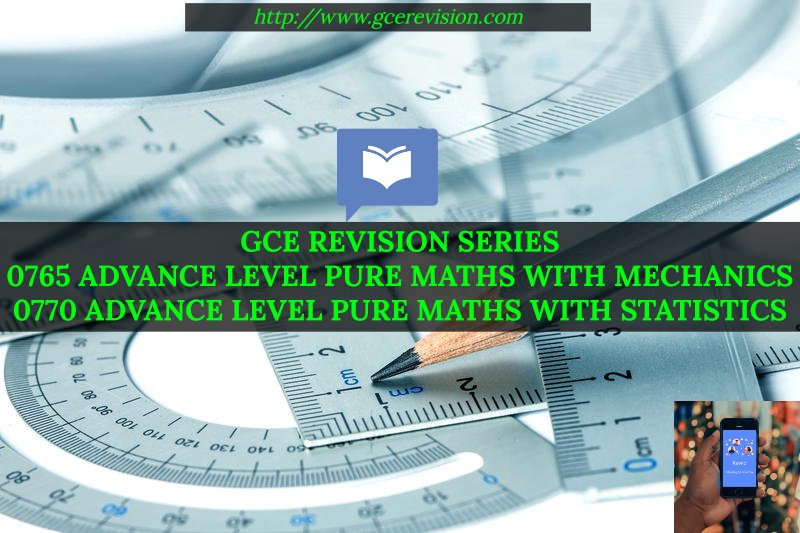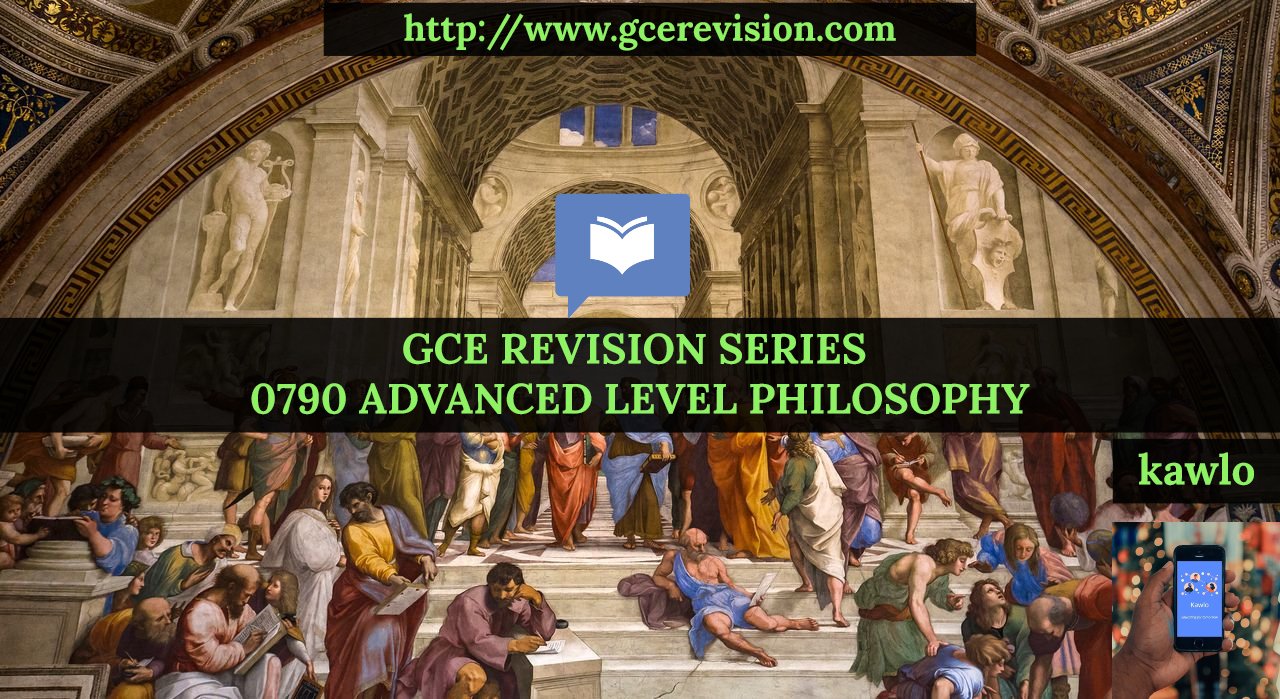proposition
DEFINITION
This is a verbal expression of a judgement which is capable of being true or false
- All propositions are sentences but not all sentences are propositions. A proposition can take the form of a command, exclamation or declaration but a proposition must be an assertion or a claim which is capable of being true or false
- A proposition has a truth value(capacity of a proposition of being true or false)
STRUCTURE OF propositions
A propositions in logic is made up of a quantifier, subject term, predicate term and copula
- The Quantifier is the part which determines whether the proposition is universal or particular. Exampleis “all”, “no”, and “some”.
- The subject term is the part of the proposition about which the assertion is made
- The predicate term is the part of the proposition which affirms or denies the subject term
- The copula is the part of the proposition which links the subject and the predicate term. It is the hinge of the proposition and serves the purpose of uniting the subject and the predicate
- The copula is always in the present tense like is, are, are not, is not
- The copula is mark of prediction which shows something has been affirmed or denied of the subject
TYPES OF PROPOSITIONS
There are basically four types of propositions namely
- Categorical propositions: this is a straight affirmative or negative statement without any condition. It generally takes the form “s is p”. e.g. All cats are mammals.
Non categorical propositions
- Hypothetical propositions: this is a proposition that conjoins the truth of one prediction to the truth of another. It is expressed in the form “If—then—–“. Two components are brought together. The two components are the antecedentand the EG
In the statement “if men are good then the society will be peaceful”. The antecedent is if men are peaceful and the consequence is the society will be peaceful. There are twoforms of hypothetical propositions are
- Different predicate are affirmed or denied of one subject e.g. if a is b then it is c; if Frank is a student, then he is intelligent
- Different predicates are affirmed or denied of different subjects e.g. if A is B then C is D; if Ryan is a boy then Shekinah is a girl.
- Disjunctive propositions: this is a propositions that disjoints the truth of one or more predication to the truth of one or more predictions. It expresses alternatives which are called disjoints. It takes the form “Either—-or—-“. Itsforms are
- The same subject and different predicate e.g. either A is B or C; Bafoussam is either the west or centre region
- Different subject and same predicate e.g. either A or B is C; Either Jonathan or Jordan is the class prefect
- Different subject and different predicate e.g. either A is B or C is D; either Karen is the first or junior is the second
- Modal propositions is a proposition that brings the speakers mind into the propositions by stating his attitude toward what he or she is saying. A Modal proposition is usually expressed with words like after all, maybe, probably, possibly, presumably, for sure etc. e.g. the meeting willcertainlyholdtomorrow
- Assertoric modal proposition: it predicates after a doubt, confidently, usually. E.g. yesafter all glorywillpassher exam
- Problematic modal proposition: it states the possibility viewed or seen as a problem for further studies. E g wellpreciousmaybe in school.
- Apodeictic modal proposition: it implies knowledge with a reason and aspires truth after certainty, as in mathematics. E.g. An adulthuman must have 32 teeth











